The Solving Plastic Waste CRC has been established, as of 1 July 2024, as a 10-year cooperative research centre, to assist in solving Australia’s plastic waste problem by enhancing end-user driven collaboration which addresses the current challenges across the entire plastics value chain.
Minister for Industry and Science The Honourable Ed Husic confirmed the Solving Plastic Waste CRC, one of two national CRCs to be funded in the Round 24 of the CRC Grants Program, would be established with $40 million in federal funding. The total resources available to the Solving Plastic Waste CRC is $140.6 million, including the CRC Program grant and contributions from partners.
The challenge of plastic waste pollution
Plastics are essential for producing many products used across most sectors of the global economy. However, the existing linear plastic value chain, where plastic products are designed for performance but not for recovery or reuse, is unsustainable with most of their economic value lost at end-of-life. The results are plastic waste pollution, a major environmental challenge of this century, and related concerns about the health risks posed by microplastics.
There is a global effort to eliminate plastic waste and create a circular economy for plastics. This has the commitment of the Australian Government which has joined the High Ambition Coalition with the goal of ending plastic pollution by 2040. Furthermore, all Australian Environment Ministers have agreed to work with the private sector to design out waste and pollution, keep materials in use and foster markets to achieve a circular economy by 2030.
The role of the CRC
The Solving Plastic Waste CRC will ensure that focused, industry-driven collaboration between the research sector, governments and the entire plastics value chain is effectively enabled over the next decade to transform the way plastic products are designed, manufactured, used, recovered, and recycled, and how microplastic soil pollution is remediated. This will be achieved by developing improved product designs, new materials, technologies, and processes, and by exploring new business models and economic systems.
It will accelerate Australia’s progress towards its targets of eliminating plastic pollution, establishing a circular and climate neutral economy for plastics, and growing a competitive, sustainable advanced manufacturing sector.
Partners
Our partners in the CRC span the entire plastic value chain and include: plastic manufacturers, plastic processors, major brand owners, recycling companies, relevant industry associations, and councils. They also include governments, industry bodies, non-government organisations, and universities.
The partners in the Solving Plastic Waste CRC are shown below:
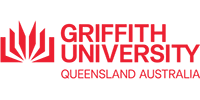


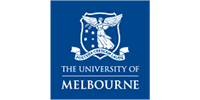

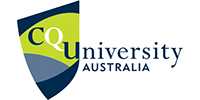
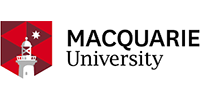
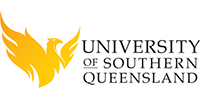
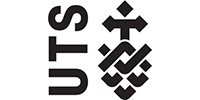

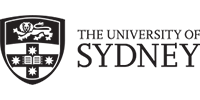

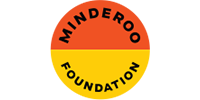
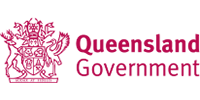

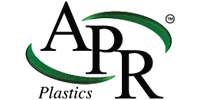



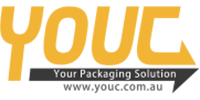

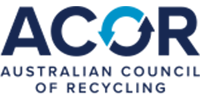
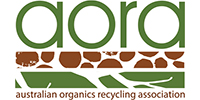
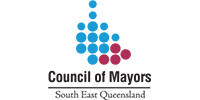


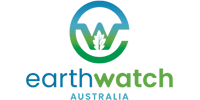


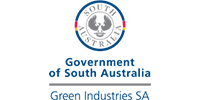

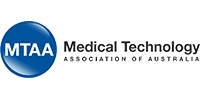



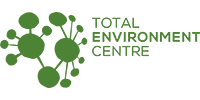

RESEARCH PROGRAMS
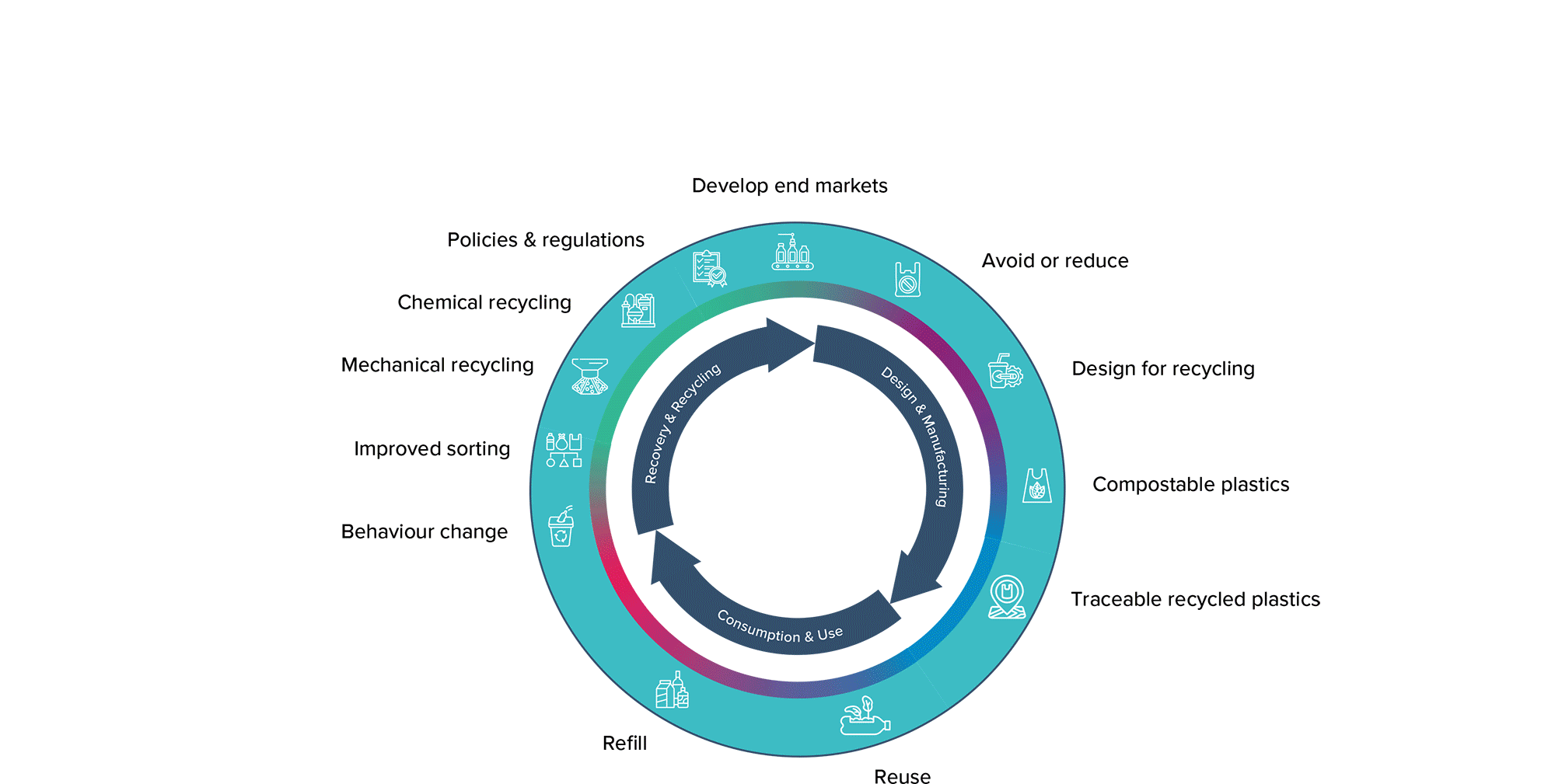
This program will develop plastic compositions that are more easily recycled or composted, and product designs which eliminate their unnecessary use, enable their reuse, avoid problematic plastics and material complexity, and increase recycled content.
Indicative Key Outputs:
- Design guidelines considering alternative designs, material options and locally available end-of-life pathways, informed by regulatory constraints, user engagement and life cycle analysis, targeting an overall reduction in plastic waste.
- Improved product designs with optimal material selection, refined against a range of constraints, to achieve plastic circularity, low environmental impact, and consumer acceptance.
- Improved plastic formulations for use in products designed to be more easily sorted and recycled back into high value applications.
- Plastic composition with degradation properties that can be tailored to the rates required for their end-use applications and end-of-life disposal.
Indicative Key Outcomes:
- Design guidelines for adoption by Australian companies seeking to redesign plastic products for reduced environmental impact.
- Pathways to commercialise redesigned products.
- Attractive material options for companies redesigning plastic products to enhance their end-of-life waste stream separation and recyclability and deliver more consistent recycled plastics of higher value over multiple life cycles.
- The development of sustainable packaging materials made from bio-derived polymers meeting municipal end-of-life collection and composting standards (ASTM 6500).
Indicative Key Outputs:
- Insights and programs for improving the recovery and sorting of plastics prior to their collection.
- Technologies that improve the purity and value of sorted plastic pellets and flake for use in recycling operations.
- Improved designs for low-cost mechanical recycling extruders, mixed waste compositions for making non-structural timber substitutes, products that expand markets for recycled plastics.
- Understanding how to better control chemical recycling processes.
- Optimised conditions for operating a pyrolysis process.
Indicative Key Outcomes:
- Programs to increase public participation in plastics recycling.
- Improved efficiency of sorting plastic waste.
- Establishment of remote recycling facilities using waste collected from remote and First Nations communities.
- Improved chemical recycling production processes.
- Improved efficiency of a pyrolysis facility.
This program will scale the delivery of a carbon neutral circular economy for plastics by developing circular business models and markets, evidence-based policy advice and globally-informed strategies, underpinned by a robust evidence base for industry decision-making.
Indicative Key Outputs:
- Sectoral foresight reports and an online platform to understand the implications of how individual and widespread adoption of circular economic approaches interact across supply chains from agricultural plastic waste to medical waste and consumer packaging.
- Insights on business opportunities for a circular plastics economy, as well as the business ecosystem needed to support sector-specific innovation in business models and scaling up viable solutions.
- Policy insights and capacity-building guides enabling and incentivising circular design, sustainable consumption, and responsible products and materials stewardship, including via supply chain partnerships.
- Databases, economic calculators, online guides, benchmarking and reporting tools for companies and sectors to improve performance.
Indicative Key Outcomes:
- Increased commitment and social licence for the adoption of circular plastics solutions and an awareness of path dependencies and the finance required for roll-out.
- Intelligence for programs accelerating circular economy business development.
- A policy framework to guide the establishment of a mature circular economy for plastics in Australia.
- Accelerated adoption of a carbon neutral circular economy.
This program will develop standardised methods to determine the sources, fate, and dispersion of microplastics in Australia’s agricultural soils, examine the long-term risks to human and environmental health and provide effective mitigation strategies to reduce the transmission of microplastics to Australian soils.
Indicative Key Outputs:
- Standardised, specific methods for sample collection, isolation, identification and analysis of microplastics in agricultural soils and the body burden of livestock.
- An Australian data inventory (microplastic types, concentration, and composition) for the status of microplastic contamination in agricultural soils and products.
- Identification of the potential toxicity of microplastic pollution and its critical threshold values in soil, crops and livestock.
- Matrix specific technologies for the effective destruction/removal of microplastics from soil amendments prior to field application.
- Understanding the risk that microplastics in agricultural soils pose in terms of their persistent organic pollutant burden, and soil concentration compared with the predicted no effect concentration.
Indicative Key Outcomes:
- Standard protocols for the collection, isolation, quantification, and characterisation of microplastics from soil.
- A database mapping soil microplastic hotspots around Australia
- Critical threshold values for microplastic in soil, crops, and livestock.
- Electrochemical, physical, and biological approaches to remove microplastics from supply chains, and mitigate microplastic soil contamination.
- Understanding of the human and ecosystem risk from microplastic-associated persistent organic pollutants.
PhD Program
At the core of the E&T Program is a unique industry focused skills program aimed at developing the capabilities of PhD graduates and postdoctoral fellows to operate across the research-practice boundary. The Industry Doctoral Program will produce graduates able to access career pathways across the circular economy for plastics, in industry, research laboratories, or in academia while also providing postdoctoral fellows with enhanced and well-rounded industry engagement experience and skills.
Industry Development
The CRC will also offer micro-credentials (MCs) for industry managers and professionals aimed at building a deeper understanding of the upstream and downstream challenges and opportunities to develop solutions for plastic waste.
The E&T Program will be a fundamental legacy of the CRC, establishing an ongoing multi-disciplinary alumni network, strengthening Australia’s circular economy research, and underpinning the skills and capabilities required in industry to develop, grow, and sustain a thriving circular economy for plastics.

